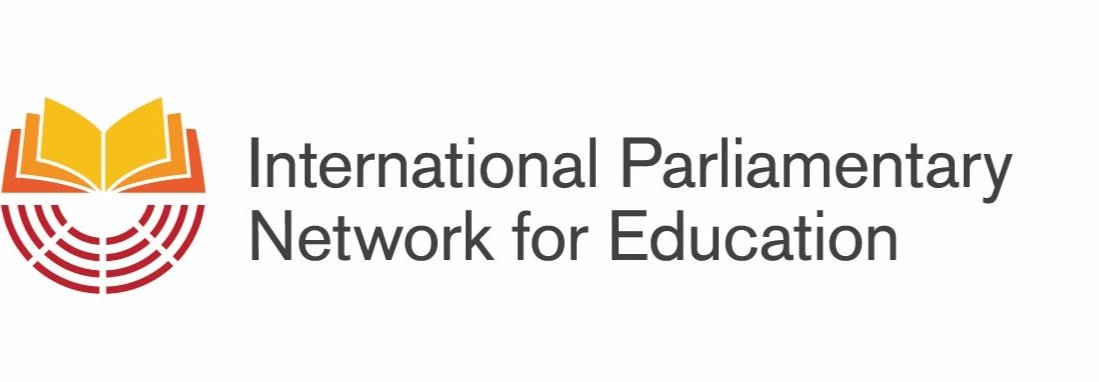More financing essential to education’s transformation
If we are to have any chance of accelerating education progress, the Transforming Education Summit must drive a new global effort to close the education financing gap
This requires significantly increased domestic resources for education, combined with improvements in the equity and efficiency of education allocations and spending as well as the use of data
This is set out in the Thematic Action Track 5 of the Transforming Education Summit and in its synergies and alignment with all the other Action Tracks which make up the Transforming Education agenda
The challenge
More than a quarter of countries currently fail to meet either of the global benchmarks on the volume of financing of education, whilst billions are lost each year in inefficiencies and to debt servicing.
Moreover, in many countries resources fail to address the education needs of the furthest behind and households still cover significant proportions of education spending.
The economic impact of COVID-19 on national economies and budgets now risks setting back progress towards SDG 4 even further behind. Two-thirds of countries cut education budgets after the onset of the pandemic, despite the additional costs of reopening schools safely according to an analysis conducted by UNESCO.
Whilst domestic financing is the most important form of funding for education, the impact of the pandemic on funding for education has been made worse by falling Overseas Development Assistance and humanitarian aid to education.
Unless there is urgent investment to get children back in school and learning, the education financing gap, which is a primary driver of children’s inability to access education, could now rise by up to one-third to almost $200 billion.
What happened at the TES Pre-Summit
Education financing featured heavily during the Pre-Summit in Paris, with Ministers of Education coming to the Summit with bold commitments of intent.
Ministers of Education representing over eighty partner countries of the Global Partnership for Education committed to transform education by “mobilising political will at the highest levels locally, nationally and internationally for more, better and innovative education finance”.
The Ministers responsible for the education of over 650 million school aged children in the world's lowest income countries urged the international community to improve education aid efficiency, harmonisation and alignment with national priorities for transformation alongside mobilising more resources for education in ways that support increased fiscal space to invest in education
What is required for transformation
Meeting SDG 4 will require significantly increased financial resources for education alongside better targeted spending, greater efficiency and increased accountability. Governments should:
1. Mobilise more resources for education, especially domestic resources:
Increase the size of the education budget through strengthening Domestic Resource Mobilisation, including through progressive taxation and increasing tax to GDP ratios.
Commit to spending at least 20% of the national budget on education.
Increase education’s share of the ODA budget to at least 15% and allocate 10% of humanitarian aid to education, including through fully funding Education Cannot Wait in February 2023
Secure bold international action on the debt crisis so that debt servicing does not prevent countries expanding their spending on education.
2. Increase the efficiency and equity of allocations and spending on education
Identify and address inequalities and inefficiencies in new and existing education spending, including bottlenecks in public financial management systems.
Adopt a progressive universalism approach to education financing: prioritising public investment towards achieving universal and equity-sensitive early years education and then gradually increasing allocations to higher levels when coverage is close to universal at lower levels, with a focus on the poorest and most vulnerable children.
Target resources to the regions and children that are further behind - tracking the equity of spending per student and adopting equity-based financing formulas that reflect the needs of the most marginalised children.
Ensure that Education Sector Plans have clear and realistic financing strategies with robust cost and revenue productions.
3. Improve education financing data
Increase the availability of disaggregated data - including by sex and type of vulnerability - to inform planning and to hardwire equity in budget allocations.
Increase the availability of good quality data on core spending indicators to track overall levels of funding and how funds are utilised.
Enhance capacity at all levels to use and leverage data to make informed and evidence based decisions on allocations which drive improved equity and efficiency.
Collect learning data and ensure accountability for learning outcomes.
What’s next
The Co-Convenors of the Finance Action Track have prepared a discussion paper which sets out challenges, opportunities and solutions for addressing the education financing crisis.
In the critical weeks ahead of the Transforming Education Summit parliamentarians must make the urgent case to their Heads of State, Ministers of Education and Ministries of Finance to come to New York with serious commitments to transform financing for education.


